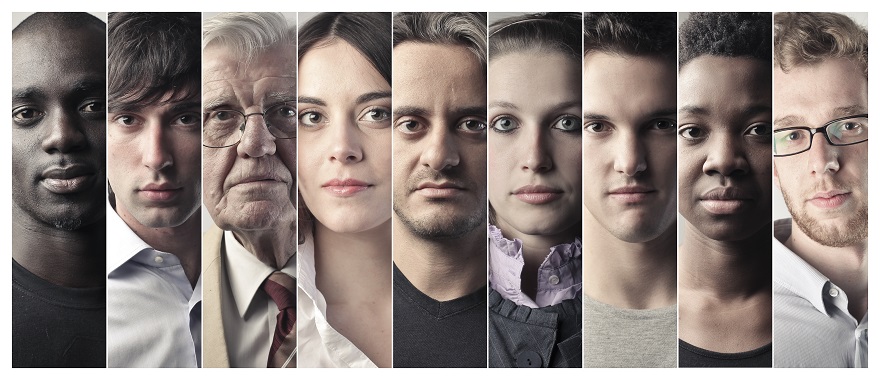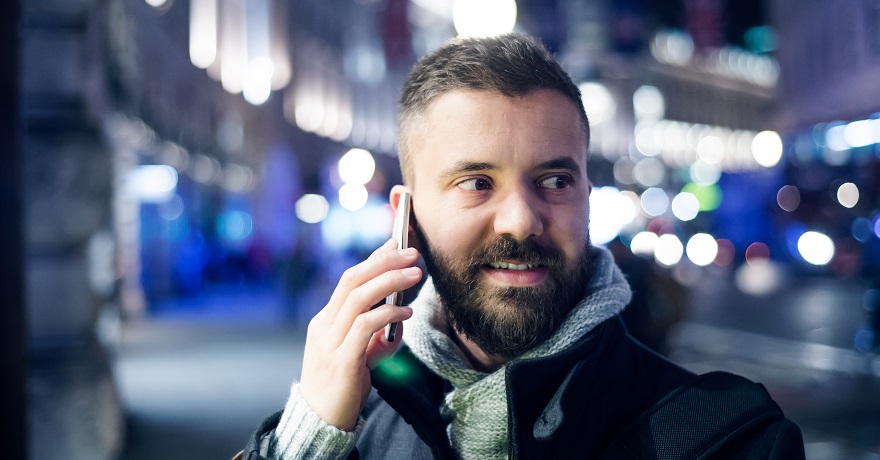This is the first part of our series on Personal Safety. Sign up below to receive the whole lot in your inbox.
In this first article we look at dynamic risk assessments and ask what they are, why they’re useful, and importantly, how to conduct them.
What is a Dynamic Risk Assessment?
A dynamic risk assessment is a practice of observation and analysis in any changing environment in real-time, with the objective of identifying and reducing risk. For the individual it provides a framework for addressing hazards in the environment and allows them to make quick, reactive decisions to protect themselves from harm.
A dynamic risk assessment involves a number of practices and techniques that provide a framework for personal safety. In this article we will be looking at Person, Object, Place, or POP. This is a useful framework for dynamic risk assessments.
Why are Dynamic Risk Assessments Useful?
Dynamic risk assessments are useful in a number of environments, but are particularly useful to lone workers, when traveling on business, or working in unfamiliar environments. Beyond that though, they are useful to anyone, working or not, in a multitude of possible contexts.
Consider those working in the community. At any time, a member of the general public can pose a specific safety risk to an individual, and in unfamiliar environments this risk can be compounded. Teaching staff how to assess risk is the first step in providing a framework of personal safety to ensure that they can protect themselves when working.
How to Conduct a Dynamic Risk Assessment
Here is our guide on how to conduct a dynamic risk assessment using the Person, Object, Place assessment.
Person
People pose the greatest risk to or personal safety. A person’s appearance can give you information about their lifestyle and what sort of person they are. There are a number of factors we can take into account when making an initial assessment including the clothes they are wearing, their culture and their age.
Appearance
How are they dressed?
Is their clothing appropriate for the environment they’re in?
- Is their clothing clean and tidy?
- Are they wearing jewelry, glasses, watches, make-up?
As well as giving you information about the person’s lifestyle, making a mental note of these things can help to provide an accurate description for reporting purposes should an incident occur.
Do they take pride in their appearance?
For example, consider their haircut. This will give you an indication about lifestyle, for example, whether they have access to basic amenities such as running water, or whether they’re in employment. Personal appearance is often the first thing to go into decline if they are addicted to drugs or alcohol.

Age and Build
Do you think the risk is higher when dealing with a young person or an older person? A person’s age can influence how they interact with you. How does someone’s build and size affect the way you assess risk?
Humans have one of the slowest growing brains. It takes around 23 years before it is fully developed and can cope with processing information using both instinctive and learned methods.

Culture
A person’s cultural views, upbringing, religious views and ideology influence how they act and how they view the world, including you. How you interact with different cultures is vital to your safety. Understanding a little about another culture can help you avoid escalating a situation. However, do not mistake instinctive reactions for cultural nuances. There are vast differences in cultures from around the world.
Whatever creed or color, shape or gender human beings are, we show information from the same area of our brain when we form intentions that are hostile or harmful.
If you know you are going to be visiting a different country, or visiting people from a different culture, research websites for cultural tips regarding meeting and greeting, social interactions and religious beliefs.
A little research could make all the difference in helping you to avoid a situation where you might cause upset or distress.
Body Language
A person’s body language is a very good indication of their demeanor and therefore how you should approach them.
When you are dealing with people who are becoming agitated/uncomfortable or are feeling threatened, they will display signs of escalation. This can happen very quickly.
- Reddening of the face – When a person is becoming angry you will notice some reddening in the face and the head will become upright. If you see this with any other signs of escalation, prepare to leave the location.
- Raised voice – If the person is starting to raise their voice and speak over you, this is a sure sign that the situation is beginning to heat up.
- Arms folding with closed fists – When a person folds their arms but their fists are closed or clenched, be cautious. This is another sign of escalation.
- Hands becoming animated – Look at the hands. In aggression the hands become very animated. Look for the wrists locking or finger-pointing. These are all signs that the situation is escalating.
- Hands moving to the back of the neck – This is a clear sign the person is becoming agitated or upset. Contraction of the arrector pili muscles in the back of the neck cause hair to stand on end, also known as ‘goosebumps’.
- Fixed stare – The head will be upright, and the stare becomes fixed in a person who is becoming aggressive.
Unnatural staring
How fast can humans detect someone unnaturally staring at them? Yes, that’s right, 1:50,000 of a second.

Natural vision comprises quick glances and very little head movement. When someone is staring at you unnaturally, e.g. selecting you as a potential target, ‘tunnel vision’ causes head movement to be pronounced.
Don’t look down!
Looking down when someone is staring at you is a submissive gesture. You should raise your eye contact above theirs. This displays a confidence that could mean all the difference if you are being selected as a potential victim!
Object
Any object can be used as a weapon against you. It is important that you assess the environment for objects that could be easily reached to do you harm.
The person
- Does the person approaching you have anything in their hands?
- Perhaps their hands are in their pockets as they approach you? What are they carrying?
- Is there anything within easy reach they could use against you if they become aggressive?
The Location
- Is the area untidy and cluttered or neat and organized?
- Are there any trip hazards?
- Is there anything lying around that could be used to harm you such as tools, bits of wood or metal pipes?
- Does the location display reputable safety signs? If not, why not? organized companies will have these types of signs.
Place

Being aware of your location can mean all the difference to your personal safety.
Take a moment to assess your environment and if it doesn’t feel right then leave and find an alternative route, even if it means it will take you longer to reach your destination. Always trust your instincts!
Higher Risk Locations
- Poor Lighting
- Confined spaces such as stairwells and alleys or areas at height
- Few exits
- Concealed entrances or areas where observations of the area is restricted by parked vehicles or refuse bins
- Isolated areas where there are few people
- Lack of CCTV
Lower Risk Locations
- Good lighting increasing your visibility of the location
- Plenty of accessible exits from the location
- Open spaces
- Densely populated areas (although you should be vigilant against pickpockets)
Sign up here to receive the rest of the series in your inbox. We’ll also be providing it in a PDF so that you can distribute to your team.
If you have business travelers going into high-risk areas, whether overseas or domestically, check out our Corporate Travel Risk e-learning course. It’s a powerful way to train your traveling staff.






